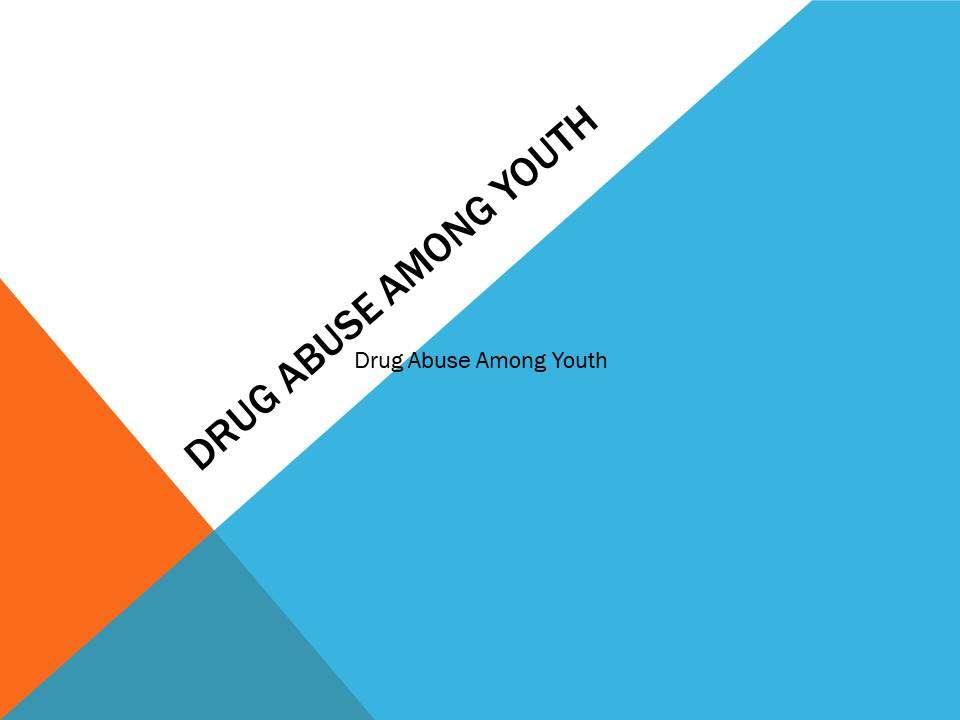PROCEDURE FOR THE CREATION AND REGISTRATION OF ENTERPRISES IN CAMEROON
The conditions for the creation of small businesses either by natural persons or corporate bodies are those provided for by the uniform acts notably, the Uniform Act on General Commercial Law (UAGCL) and the Uniform Act on Commercial Companies and Economic Interest Groups.
Being the category of enterprises suitable for investors with limited capital such as those in the OHADA zone, the lawmaker has been constantly encouraging the creation of SMEs[1].
In order to facilitate their creation, the recent reforms of the said uniform acts rendered their conditions of creation flexible (A) and the procedural
Requirements less stringent (B)
A. Flexible conditions for the creation of SMEs
The establishment of small and medium-sized enterprises is subject to a series of conditions. Some of the conditions may just turn out to be an obstacle to the creation of SMEs.
Thus, since 2010, the reforms of the uniform acts have paid a lot of attention to SMEs with focus on moderation of their conditions of creation. The conditions of their creation have been rendered flexible[2] through diversification of forms and types of enterprises, free determination of capital and the institution of a single member company
1. Diversification of forms and types of enterprises
Small and medium-sized enterprises under the uniform acts may be incorporated or unincorporated. The UACCEIG offers diverse forms of incorporated enterprises that could be created in the OHADA zone. They are private companies, sleeping partnerships, private limited companies, public limited companies and simplified joint stock companies.
A private company (partnership) is a company in which all the partners are traders and have unlimited liability for the company’s debts.[3]
A sleeping partnership(limited partnership) is a partnership in which one or more partners indefinitely, jointly and severally liable for the company’s debts, referred to as “active partners” coexist with one or more partners liable for the company’s debts up to the limit of their shares referred to as “sleeping partners”, and whose capital is broken down into partnership shares.
A private limited company is one in which the partners are liable for the company’s debts up to the limit of their contributions and their rights are represented by company shares.[4] A public limited company is one in which the liability of each shareholder for the debts of the company is limited to the amount
of shares he has taken and his rights are represented by shares.[5] A société par action simplifié (SAS) loosely translated as a simplified joint stock company, is a company created by one or several shareholders, whose articles of association freely provide for its organization and functioning subject to the mandatory provisions of the uniform act.
The partners of SAS are liable for the company’s debts up to the limit of their contributions and their rights are represented by partnership shares[6].
All these forms of companies can be used to create SMEs except for the public limited company which is only suitable if created by a single shareholder. Thus, investors wishing to set up SMEs could choose any form convenient for them depending on their resources and personal relations.
Unincorporated enterprises are set up only by natural persons who are traders as per the UAGCL.
However, in 2010, the OHADA lawmaker with the intention of encouraging the migration of those operating in the informal sector into the formal sector and to facilitate the creation of SMEs, created a new economic actor known as an entreprenant (individual entrepreneur).
But for the trader who may be required to fulfill some stringent conditions, an entreprenant is not subject to stringent subjective conditions, except for those in the commercial domain who are required to fulfill the conditions for the acquisition of the status of a trader[7].
A trader must have the capacity to trade, must make sure his profession of trader is not incompatible with his previous status and must independently carry out commercial transactions by nature as a profession[8].
These conditions are not required from an individual entrepreneur except that he has to meet the UACCEIG,
Less stringent procedural requirements for the creation of SMEs There is a pre-administrative phase and an administrative phase in the process of forming a business. Preliminary preparations by enterprise promoters or entrepreneurs are referred to as the pre-administrative phase.
This mostly pertains to the formation of the would-be company’s articles of incorporation.
In an effort to make the formation of businesses easier, the OHADA legislator has made the use of notarial deeds optional for various types of businesses, made the declaration of an entrepreneur more flexible, and improved the TPPCR’s functionality
Topic selection
Proposal writing
Essay Writing
Thesis Writing
Data Analysis
Data interpretation
Data analysis training (SPSS)
Powerpoint Building
[1] George KELESE NSHOM(2019): The OHADA law and the promotion of small and medium-sized enterprises (smes) in Cameroon
[2] P. Claver Djédjé, L. Yondo Black, A. Cissé et B. Diallo, “Simplification des règles de constitution et de fonctionnement des sociétés commerciales de la zone OHADA”, Droit et Patrimoine, n°239, 2014, 60-67 ; P. S. A. Badji, “Les enjeux de la “flexibilisation” des règles des sociétés commerciales dans l’AUSCGIE révisé”, in B. Djuidje Chatue (dir), Les réformes de droit privé en Afrique, Actes du colloque du 13-14 novembre 2014 à l’Université de Dschang, PUA, 2016, 293-331.
[3] UACCEIG, s. 270.
[4] Ibid., s. 309.
[5] Ibid., s. 385.
[6] Ibid., s. 853(1).
[7] UAGCL, s. 2, 6, 7, 8, 9, and 10.
[8] Ibid., s. 2, 6, 7, 8 and 9.



